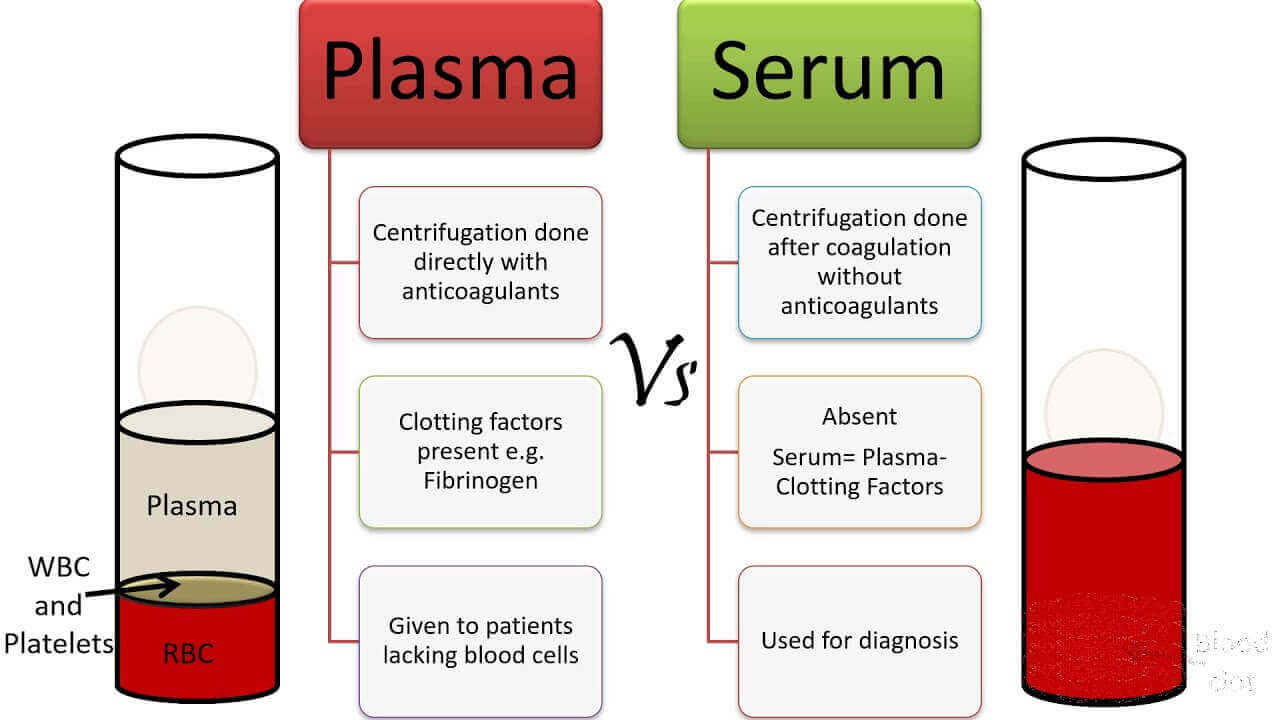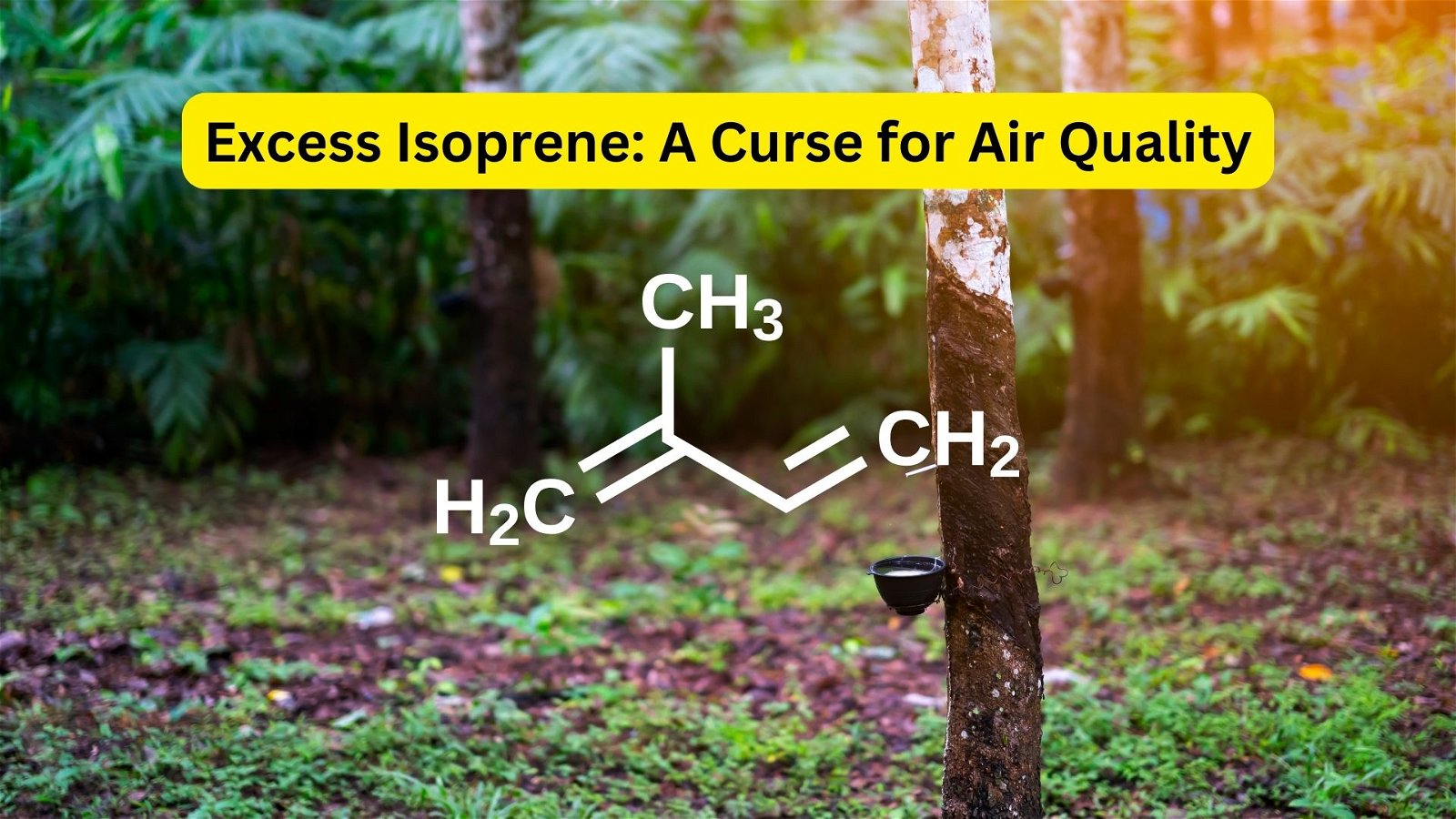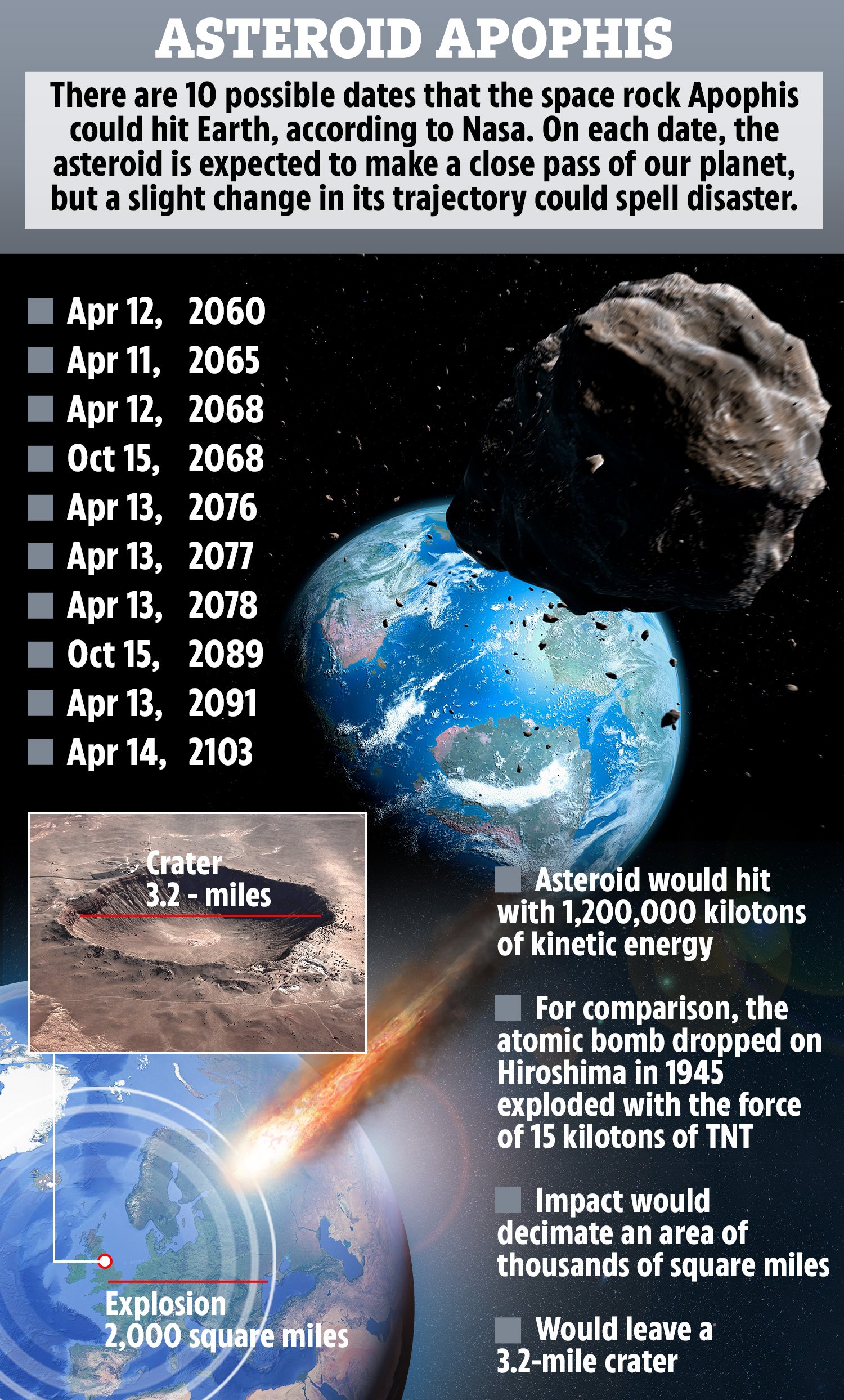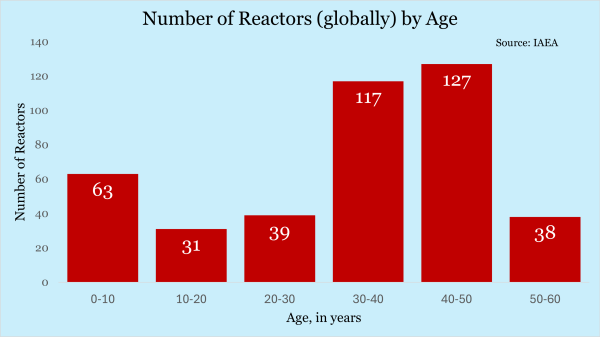
Double Jeopardy: Pollinator-Plant Mismatch
Subscribers of "Current Affairs" course can Download Daily Current Affairs in PDF/DOC
Subscribe to Never Miss an Important Update! Assured Discounts on New Products!
Must Join PMF IAS Telegram Channel & PMF IAS History Telegram Channel
- Context (DTE): The intricate dance between pollinators and plants is under threat due to climate change.
- This critical mismatch in their cycles and behaviours has far-reaching consequences for both species.
Fruit Production Decline
- In regions like the Himalayas, rising temperatures have led to the early flowering of plants.
- It coincides with low pollinator availability.
- For instance, apple and almond production has suffered due to reduced pollination.
- Orchard owners now import honeybees and diversify pollinators to ensure fruit yield quality.
Genetic Diversity at Risk
- Cross-pollination, where plants mix genes, is essential for genetic diversity.
- Disruptions in plant-pollinator interactions hinder this process.
- Self-pollination can lead to inbreeding depression, making species more susceptible to diseases and reducing their ability to combat climate change.
|
Changing Traits
- A study found that the species Velleia paradoxa altered flower colour by increasing UV-absorbing pigments to adapt to high UV radiation.
- This made the flowers less attractive to pollinators.
Carbon Dioxide Impact
- Elevated atmospheric carbon dioxide levels alter plant defence mechanisms and nutritional quality.
- While plants produce more carbohydrates, the sugary food attracts herbivores like fruit flies and grasshoppers, discouraging other pollinators.
Invasive Species
- Climate change facilitates the spread of invasive species, diverting pollinators from native plants.
- This shift can create a feedback loop, leading to declines in both pollinator and plant populations.
What is Pollination?
Types of Pollination
Agents of Pollination
|





![PMF IAS Environment for UPSC 2022-23 [paperback] PMF IAS [Nov 30, 2021]…](https://pmfias.b-cdn.net/wp-content/uploads/2024/04/pmfiasenvironmentforupsc2022-23paperbackpmfiasnov302021.jpg)

